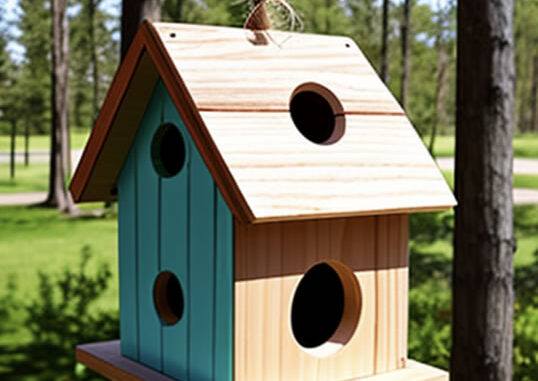
Woodworking has this cool vibe of turning some simple planks into practical items and even art pieces. For beginners, it’s a way to explore creativity and get hands-on with something tangible. Plus, you get the satisfaction of making something with your own hands. But where do you start if you’re new to this world of sawdust and wood glue?
First off, let’s talk about the basics you’ll need to get going. You won’t have to invest in a full-blown workshop right away. A sturdy hammer, a reliable measuring tape, some nails, and a handy saw should be enough to tackle your first project. As you grow into your new hobby, you might want to add drills, sanders, and more specialized tools to your arsenal.
When it comes to choosing wood, start with something that’s easy to handle and forgiving of newbie errors. Pine is a go-to favorite—not too expensive and pretty easy to work with. Stay away from hardwoods like oak until you’re more comfortable with your techniques.
Now, before you jump headfirst into your first project, let’s have a quick chat about safety. I’m talking about goggles, dust masks, and securing long hair and loose clothing. Keeping your workspace tidy can help avoid accidents too. Safety isn’t just about protecting yourself; it’s about ensuring you enjoy this hobby for a long time.
Easy and Functional: Top Starter Projects
Starting with simple projects not only boosts confidence but also helps build essential skills. A wooden bookshelf is a fantastic starting point—practical and perfect for getting a feel for cutting and assembling. Go for a compact, straightforward design that’s forgiving and easy to personalize with a coat of paint or stain.
For those who love a bit of greenery, a basic wooden garden planter can work wonders. It’s not only a neat project to tackle but also offers an ideal opportunity to practice your measuring and cutting. You can adjust the size to fit your space, making it a practical addition to your outdoor area.
Then there are personalized wooden coasters. Small and simple, they’re a great project for learning about sanding and finishing. Use leftover pieces of wood, get creative with shapes, and maybe even add some decorative designs using woodburning techniques.
Another great project is a handy wooden step stool. It’s straightforward to build and immensely useful around the house. This project introduces you to the art of stability and strength in woodworking—making sure your creation is sturdy and safe for use.
Creative Decorative Projects for Newbies
Once you’ve got a handle on some of the basics, it’s time to let your creative juices flow with decorative projects. A rustic picture frame can add a personal touch to your home decor. Experiment with different finishes to match the vibe you’re going for, be it antique or sleek modern.
Building a decorative wooden candle holder is another project that allows for creativity. Play with shapes and styles to suit your needs. Whether you want a single candle holder or a multi-tiered design, this project gives you room to practice precise cuts and finishes.
Unique wooden wall art is a wonderful way to express creativity. You can start simple by piecing together geometric shapes or using stencils for designs. As skills progress, try your hand at more intricate patterns or even combining wood with other materials.
Constructing your first birdhouse offers a fun blend of design and functionality. It’s a classic woodworking project that attracts feathered friends and brightens up the garden. Choose a design that suits your style, and don’t forget the vital entry hole and perch for the birds.
These projects don’t just beautify your living space; they also introduce new skills and techniques—like angled cuts, detailed sanding, and the basics of wood finishing—that’ll come in handy for future, more complex projects.
Expanding Horizons: Skills to Master
As you get more comfortable with woodworking, it’s time to enhance those skills and open the door to advanced projects. Understanding different types of woodworking joints is foundational. Start with simple ones like butt joints, then try something more complex like dovetail or mortise and tenon. Each joint has its place, and knowing when to use them is key.
Adding new tools to your collection can also boost your woodworking capabilities. While the starter set gets you far, having a power drill or a planer can make your projects more versatile and efficient. Keep an eye out for second-hand deals or borrow from fellow hobbyists as you expand your workshop.
The final touches on a woodworking project—like staining, painting, or varnishing—can really make your projects pop. Diving into these finishing techniques isn’t just fun; it’s a chance to elevate your work to the next level. Test out different methods on scrap wood to see what best shows off the grain and suits your style.
Finding inspiration and learning from others in the woodworking community is always beneficial. Online tutorials, workshops, and books abound, providing a wealth of information and ideas. Join forums or local woodworking clubs to share experiences, swap tips, and, most importantly, learn from seasoned pros.
Leave a Reply